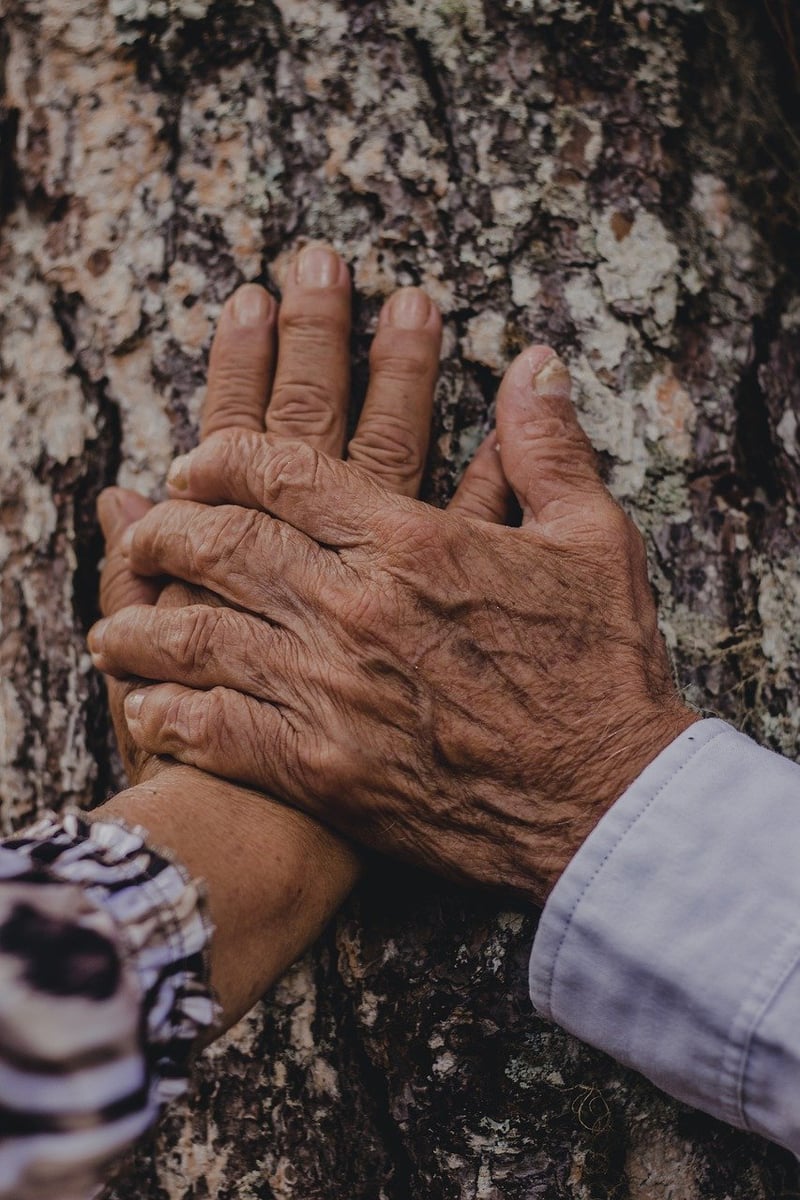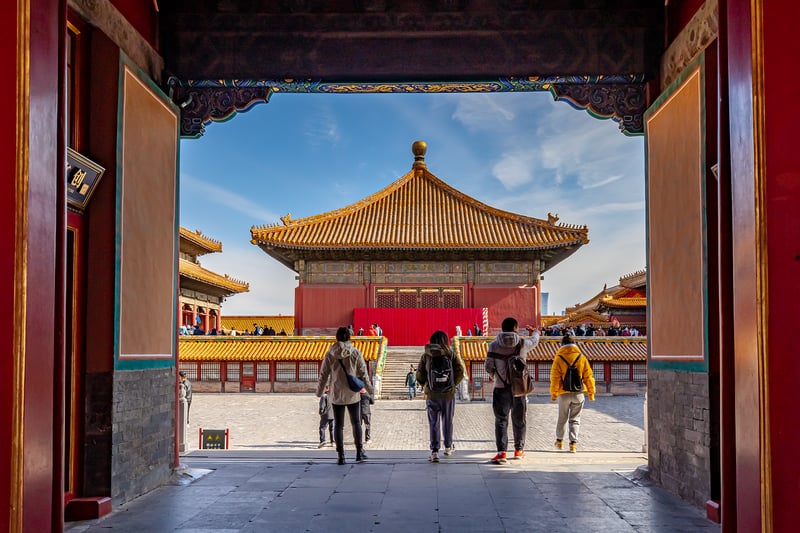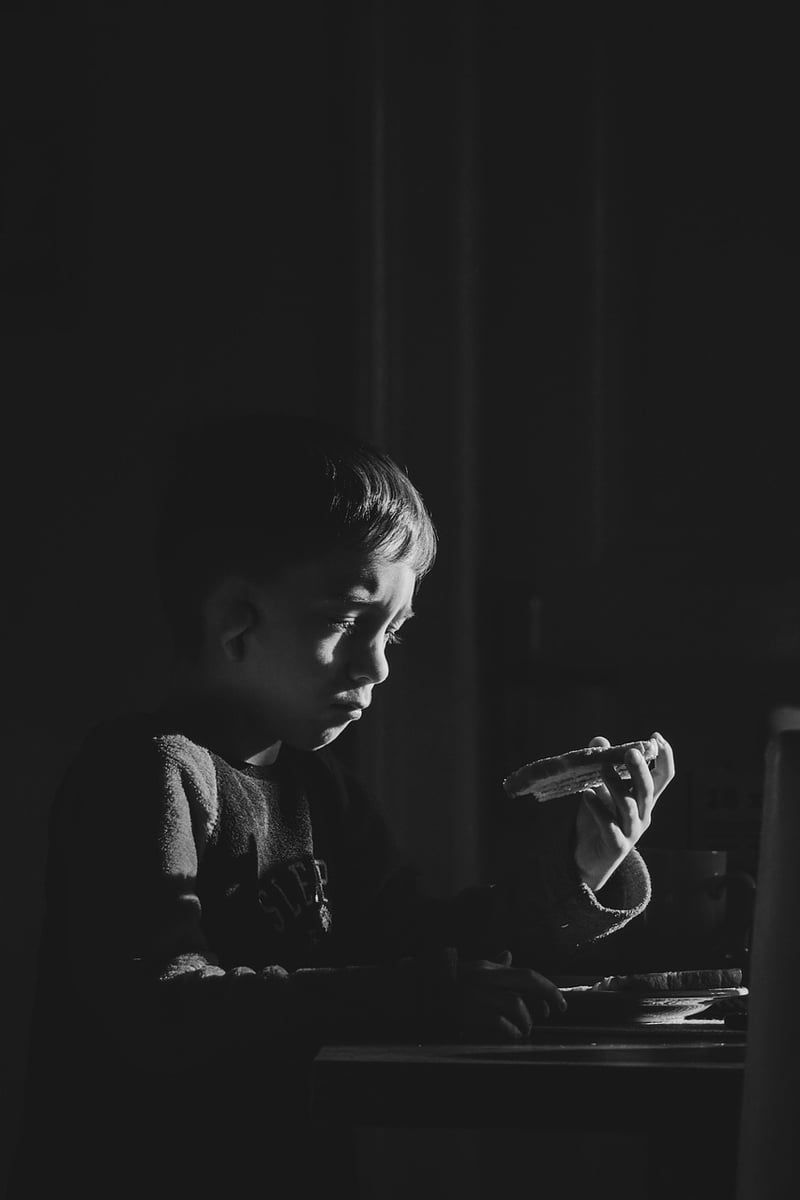Historical Alteration Dilemmas
Moral Considerations and Historical Alteration Dilemmas
In the realm of historical alteration and preservation, there exists a delicate balance between the desire to maintain historical accuracy and the need to address moral considerations. This intricate interplay often leads to dilemmas that challenge our understanding of the past and its impact on the present.
The Importance of Historical Accuracy
Preserving historical accuracy is crucial for ensuring that future generations have a true understanding of the events that shaped our world. By accurately documenting history, we can learn from the mistakes of the past and strive to create a better future.
Moral Considerations in Historical Alteration
When it comes to historical alteration, moral considerations play a significant role. There are instances where historical monuments or artifacts may represent dark chapters in history, such as slavery or colonization. In such cases, the decision to preserve or remove these symbols becomes a moral dilemma.
Case Study: Confederate Monuments
Confederate monuments in the United States have been the subject of intense debate. While some argue that these monuments are important pieces of history, others view them as symbols of racism and oppression. The decision to remove or preserve these monuments requires a careful consideration of both historical accuracy and moral implications.
Striking a Balance
Striking a balance between historical accuracy and moral considerations is essential in navigating the complexities of historical alteration dilemmas. It involves thoughtful reflection, open dialogue, and a willingness to confront difficult truths about our past.
Conclusion
Ultimately, the intersection of moral considerations and historical alteration dilemmas challenges us to critically examine our relationship with the past. By approaching these dilemmas with sensitivity and a commitment to truth, we can honor the complexities of history while striving for a more just and inclusive future.


